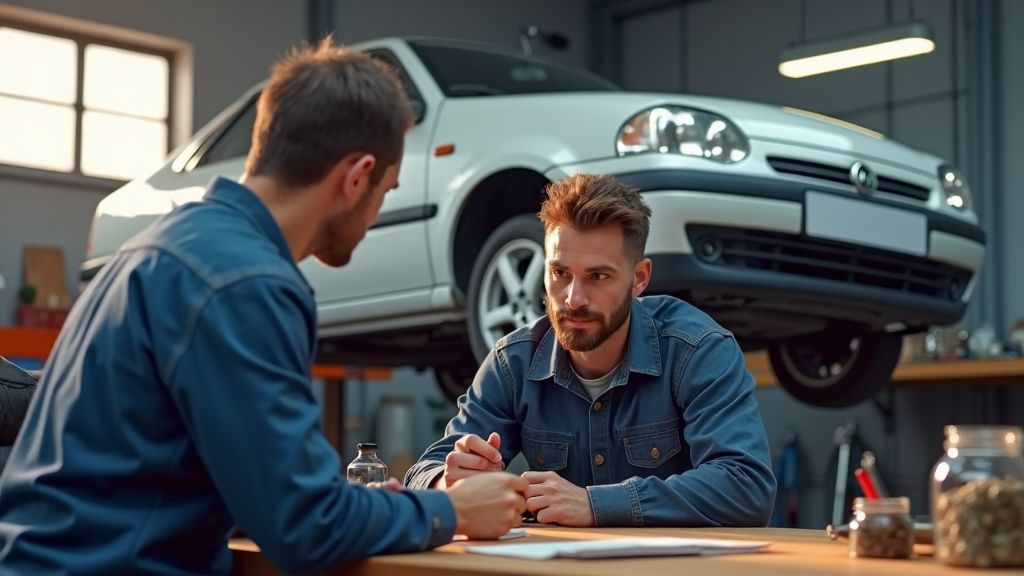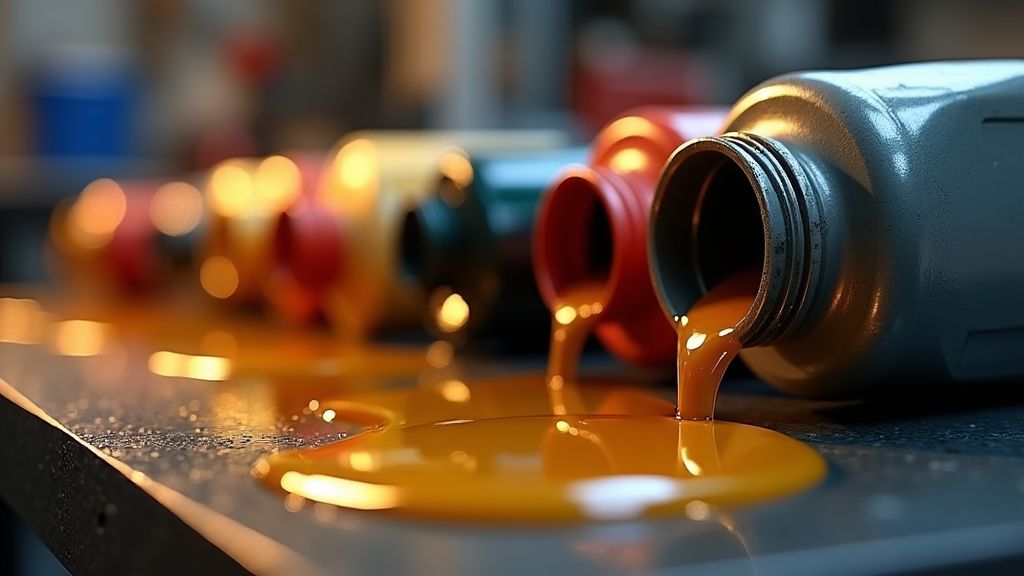How to Handle Unexpected Car Breakdowns
Have you ever found yourself stranded on the side of the road with a broken-down car? It’s a frustrating and stressful situation that many people have experienced at some point in their lives. But fear not, there are steps you can take to handle unexpected car breakdowns with ease. In this article, we will provide you with a comprehensive guide on how to deal with this inconvenient situation and get back on the road as quickly as possible.
Understanding the Causes of Car Breakdowns
Car breakdowns can happen for a variety of reasons, ranging from simple issues like a dead battery or a flat tire to more complex mechanical failures. According to a recent study by AAA, the leading causes of car breakdowns include battery-related problems, engine issues, and tire troubles. Understanding the common causes of car breakdowns can help you be better prepared for such situations and take preventive measures to avoid them.
Steps to Take When Your Car Breaks Down
If your car breaks down unexpectedly, the first thing to do is to safely pull over to the side of the road and turn on your hazard lights. This will alert other drivers to your presence and help prevent accidents. Next, try to identify the problem with your car. If you are unable to do so, it’s best to call for roadside assistance. Many auto insurance companies offer roadside assistance as part of their coverage, so be sure to check if you have this service available to you.
Dealing with Roadside Assistance
When you contact roadside assistance, be prepared to provide them with your location and a brief description of the issue with your car. They will dispatch a tow truck or a technician to assist you. While waiting for help to arrive, it’s important to stay inside your vehicle and avoid accepting help from strangers. Once the technician arrives, they will assess the situation and either fix the problem on the spot or tow your car to a nearby repair shop.
Preventive Measures to Avoid Car Breakdowns
To reduce the likelihood of experiencing a car breakdown, be sure to regularly maintain your vehicle. This includes checking the oil levels, tire pressure, and battery health. It’s also advisable to carry an emergency kit in your car, which should include items like jumper cables, a flashlight, and a basic toolkit. By taking these preventive measures, you can minimize the risk of unexpected car breakdowns and ensure a safer driving experience.
Know When to Seek Professional Help
While minor car issues, like a flat tire, can often be handled on your own, certain problems require the expertise of a professional. If you experience engine trouble, brake failure, or transmission issues, it’s best not to attempt a fix yourself, as these repairs require specialized tools and knowledge. Seeking timely professional help for these problems can prevent further damage and ensure your car remains safe and reliable on the road.
Understand Your Car’s Warning Lights
Modern vehicles are equipped with various dashboard warning lights that alert you to potential problems before they escalate. Familiarize yourself with these warning lights, such as the check engine light, oil pressure light, and battery warning light. If any of these lights turn on, it’s essential to address the issue promptly by consulting your vehicle’s manual or taking your car to a mechanic. Understanding these indicators can help you avoid costly repairs and stay ahead of potential breakdowns.
Prepare for Weather-Related Breakdowns
Extreme weather conditions can increase the likelihood of car breakdowns. Cold temperatures can affect your battery, while intense heat can strain your engine. To prepare for weather-related issues, make sure your battery is in good condition and that your coolant levels are adequate. Additionally, keep an eye on tire pressure, as fluctuating temperatures can lead to pressure imbalances, which may cause blowouts or affect your car’s handling on the road.
Stay Calm and Collected
Experiencing a car breakdown can be stressful, but it’s crucial to remain calm and focused. Assess the situation and take safety precautions, such as using your hazard lights and staying inside the car if you’re on a busy road. Try to keep emergency contacts, like roadside assistance, stored in your phone for quick access. Staying calm will help you make better decisions and manage the situation safely and effectively.













